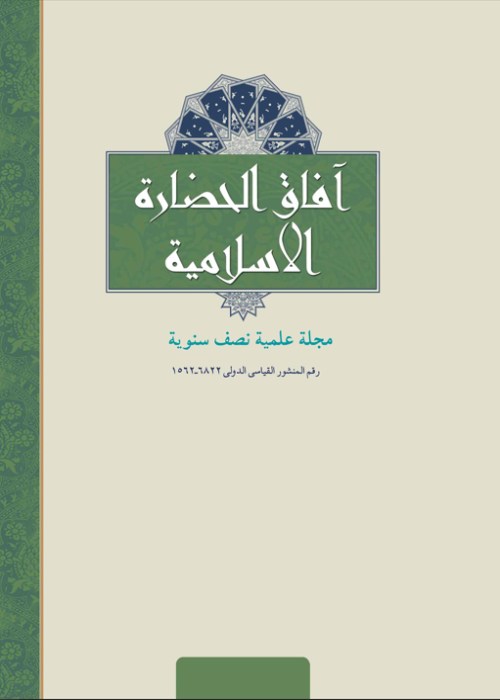The emotional Discourse Analysis of the Letter of 62 Nahj al-Balaghah
Speech act was introduced by austeen one of philosopher of oxford school to demonstrate justifying or rejection of many statements isn’t determinable but action that these statements can perform is considers. He believed that producing a speech act requires to a speaker which produces speeches that this work is named as expressive action. In addition, so called speech act has influence on audience. Austeen called this impact as non-expressive action. Usually, ‘speech act’ term returned to this influence namely non expressive action. Moreover, it referred to post expressed action that generally is response of audience to. The aim of the present study was investigation of the emotional texture of speech act in NAHJ OLBALAGHEH, we want to know is it possible to use the speech act theory for better understanding of texture has been embodied in the Imam Ali speeches. The findings also indicated that the same non-expressive and non-explicit and indirect action is said in NAHJ OLBALAGHEH through the speech act and there is trying to express it to the audience. In this study, collecting data was done through a library method that we were deal to explain and analyze it. Reviewed Data include the 62th letter of NAHJ OLBALAGHEH, speech act, texture and emotional texture. NAHJ OLBALAGHEH of is a book full of tips as far as it can be claimed that after the Holy Quran is sitting on the highest peak of Arabic literature. In this article we try to deal specifically to speech act with a reflection on the NAHJ OLBALAGHEH from the perspective of means science. Then we express the emotional texture in this letter and then studied used sentences in the NAHJ OLBALAGHEH and framework of the mentioned theory from the perspective of Austin. Discourse analysis means what is issued by a person or thing or what a person engages in. It also means action. The word said means word-promise-speech which these two words together mean to promise. The Discourse analysis was first introduced by Austin, one of the Oxford philosophers, in his lectures at Harvard University, and was published twenty years later. These three principles are: first, that news sentences are the main type of language sentences; and second, that the main use of language is to communicate through sentences. Third, the truth or falsity of the meaning of passages can be determined. Because texture plays an important role in constructing meaning, many attempts have been made to find a way to identify texture-related properties. A specific example of the interaction between important people who should choose to act is accepted. Texture is the lowest level of the surrounding text that can play an important role in the meaning of propositions. Emotional context is also closely related to the synonymous component, because emotional context has an effective function in accurately understanding synonymous words, and the subtle and hidden differences of these words are revealed with the help of emotional context. The characteristic of Imam Ali (god beless him)'s words is that while the words are beautiful and the form is magical and has all the rhetorical industries and has artistic creations, it has deep content, wise meanings and concepts, and high human intentions and goals. Receiving meaning is one of the ammunitions for reading the text, and in this regard, linguistic issues can be of great help in understanding the meaning. The present study seeks to answer the following questions: A: Is the theory of rhetoric possible in the study of Hazrat Ali's letter? B: Can tissue analysis be a way to express emotional tissue and create more awareness than expressing emotional tissue? C: Does the emotional context in the letter 62 of the Imam, who is the successor after the Prophet, seem great or not? The Letter 62 of Nahj al-Balaghah includes emotional actions such as rebuke, encouragement, expression of regret and sometimes sorrow and grief, which is created as a result of the letter's emotional context. Has been used to impress the listener and force him to take action. Reflecting on the internal content of the discourse brings another message, which in Nahj al-Balaghah uses the discourse of emotional context in the matter of religious government with the utmost subtlety, which confirms the compatibility of this type of discourse in religious and sacred texts. Based on such results, it can be added that the theory of work is effective in the analysis of Nahj al-Balagheh letter and the emotional context is rooted in the meaning of the word and the situation used in it and has been used effectively in letter 62 of Nahj al-Balagheh.
- حق عضویت دریافتی صرف حمایت از نشریات عضو و نگهداری، تکمیل و توسعه مگیران میشود.
- پرداخت حق اشتراک و دانلود مقالات اجازه بازنشر آن در سایر رسانههای چاپی و دیجیتال را به کاربر نمیدهد.



